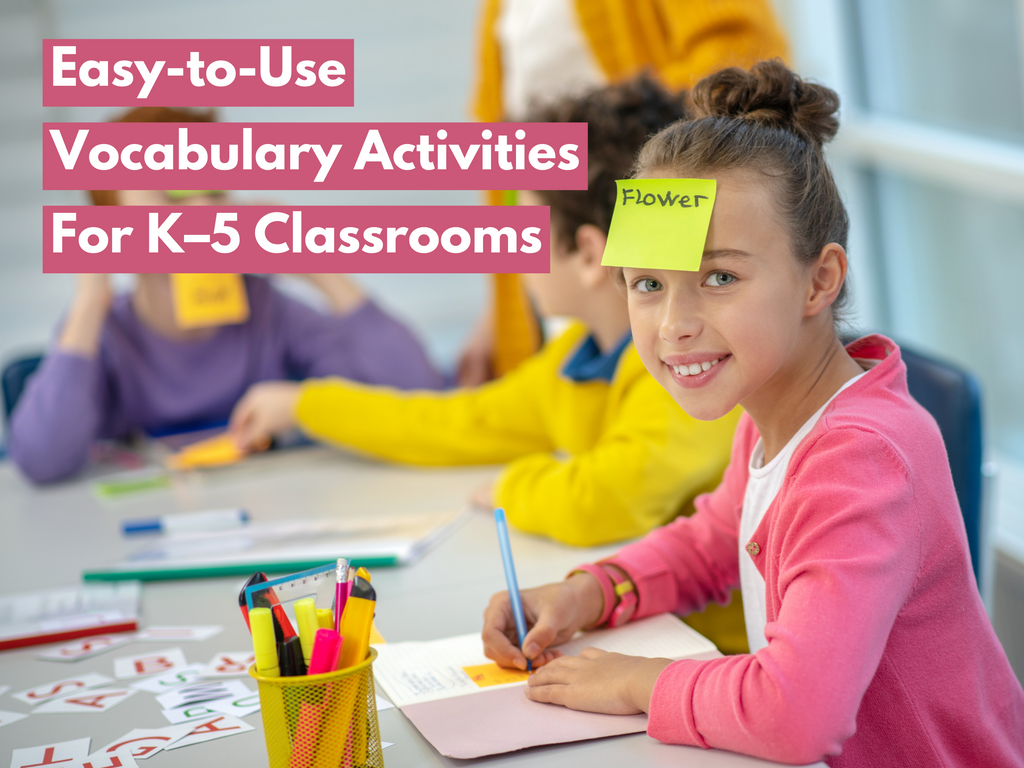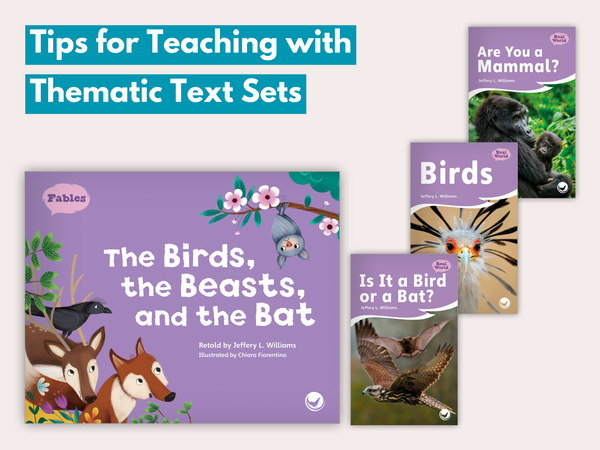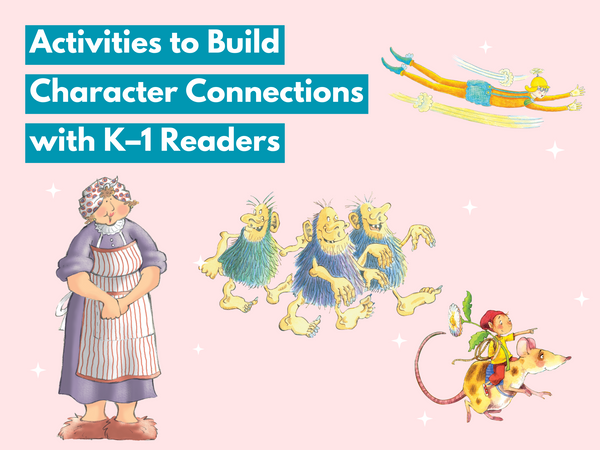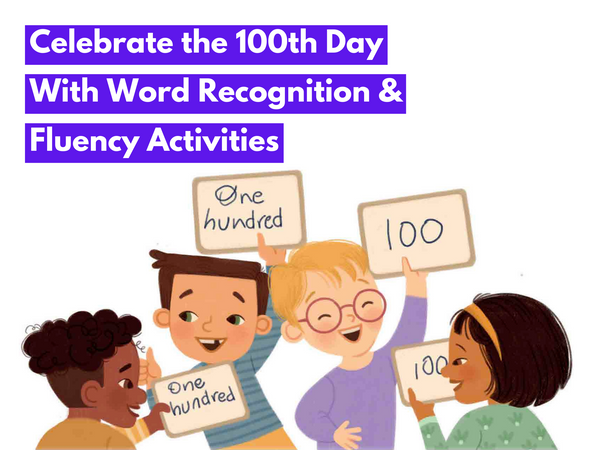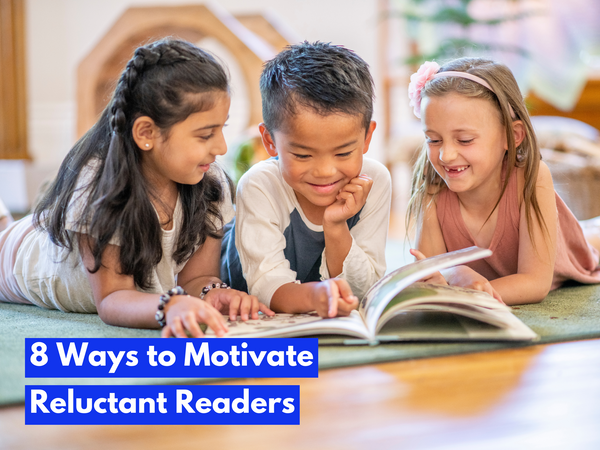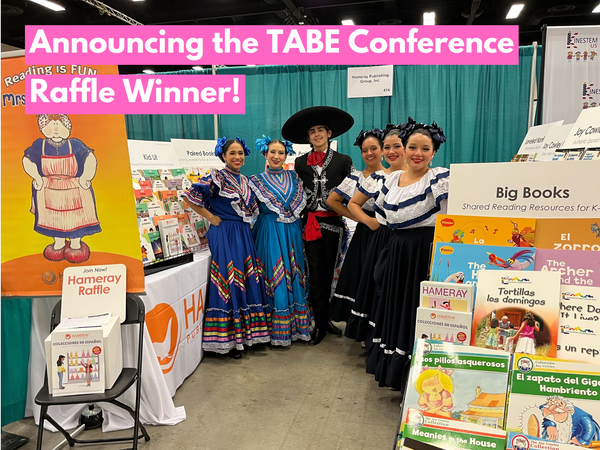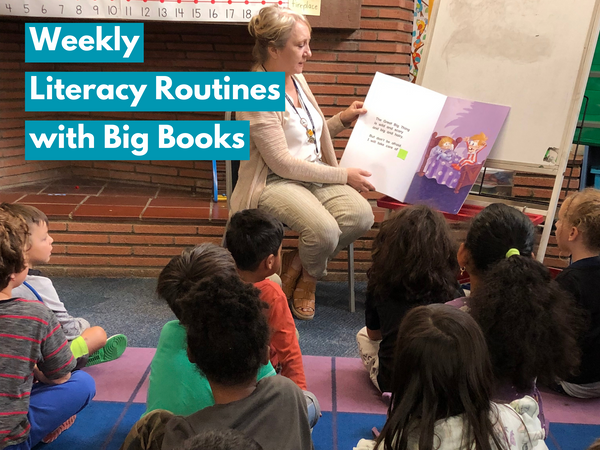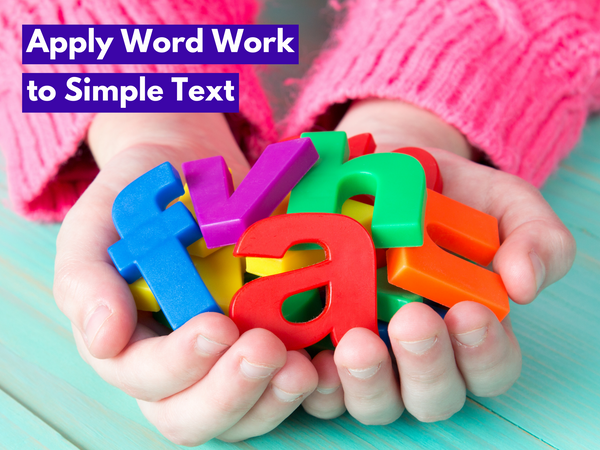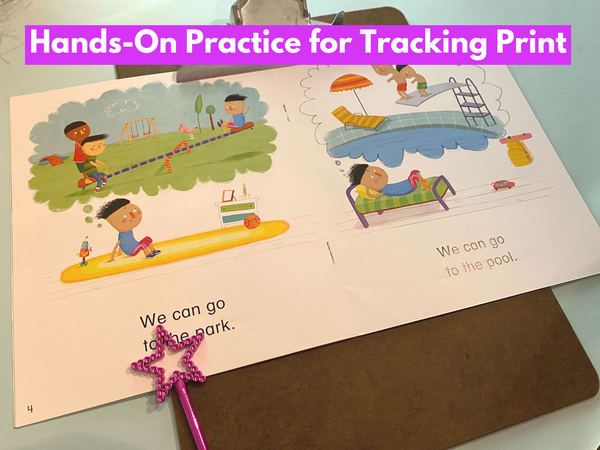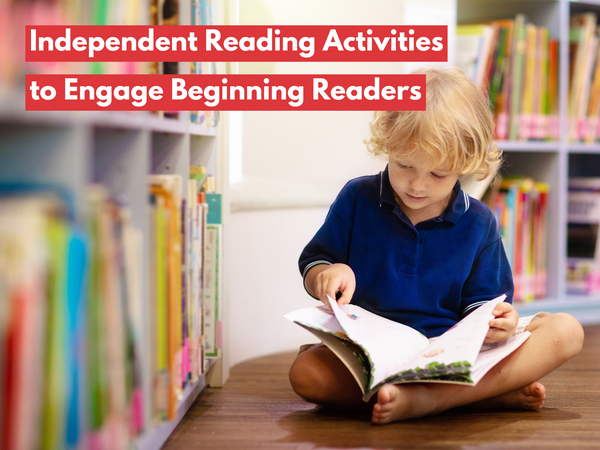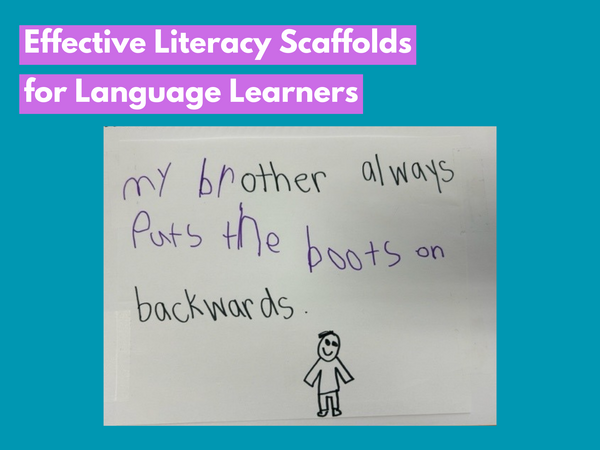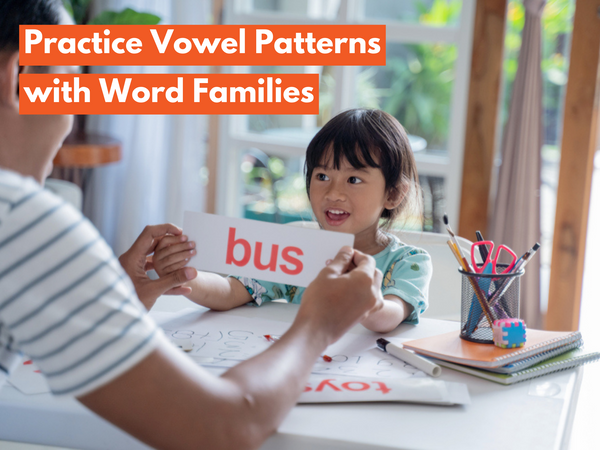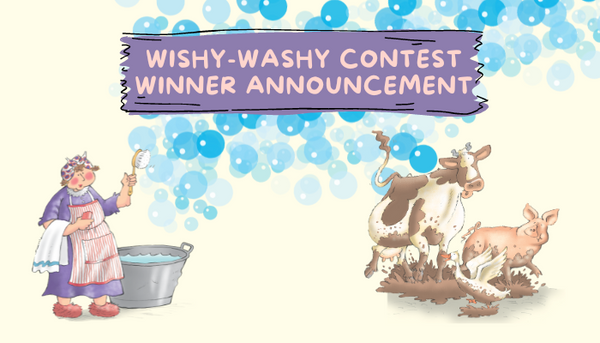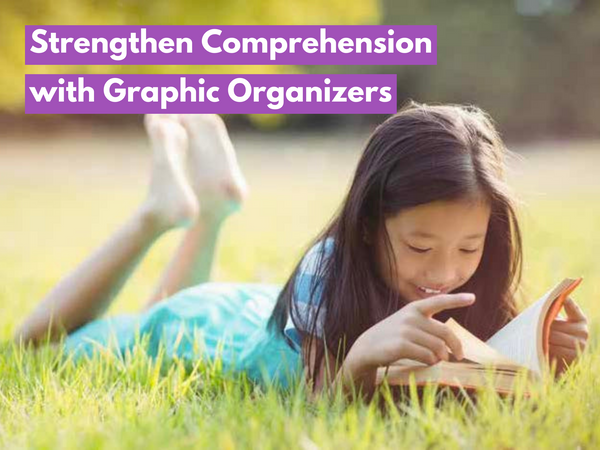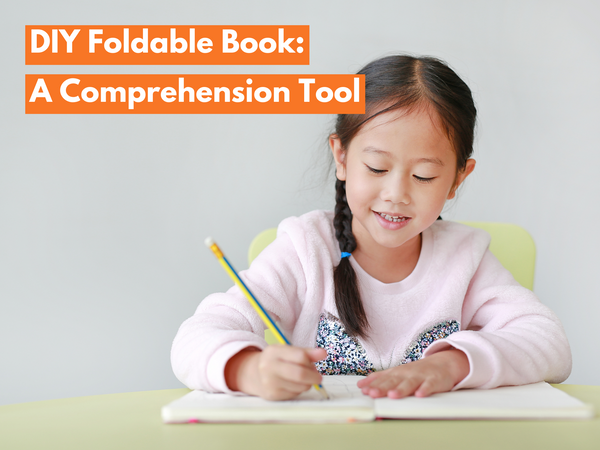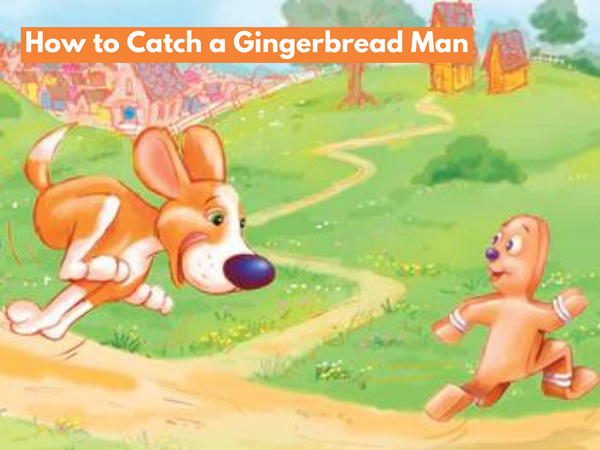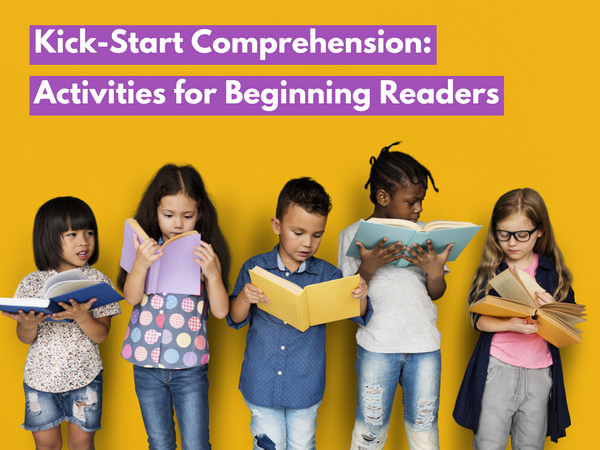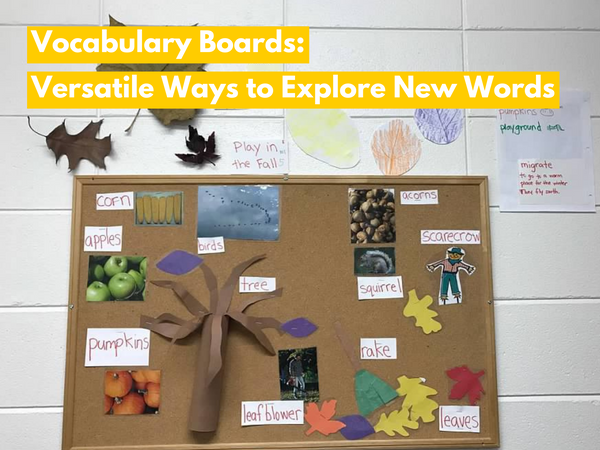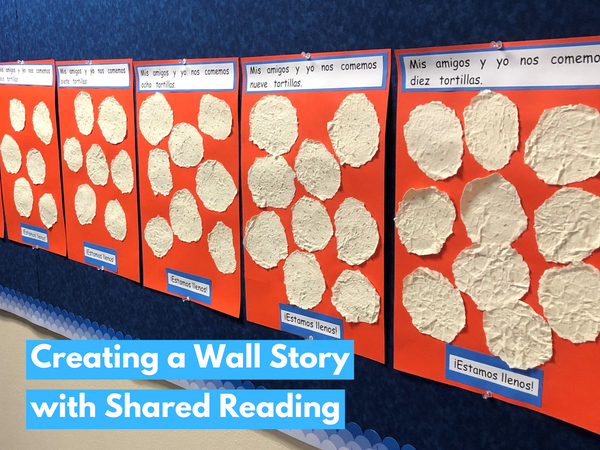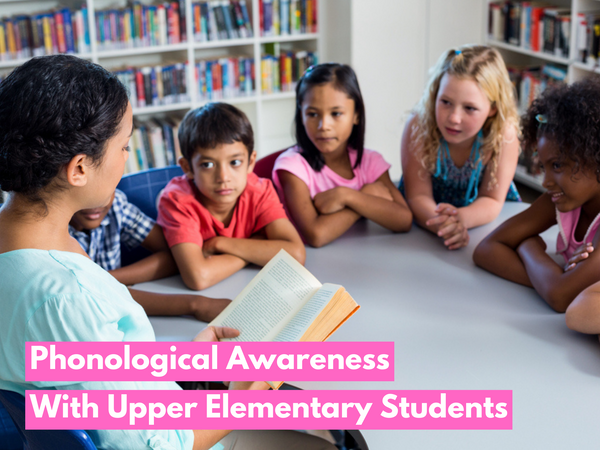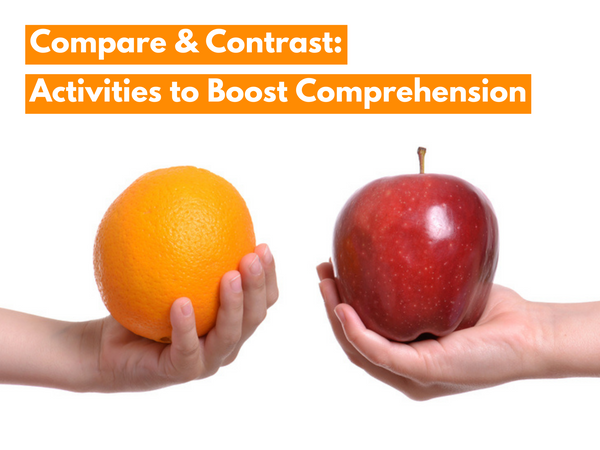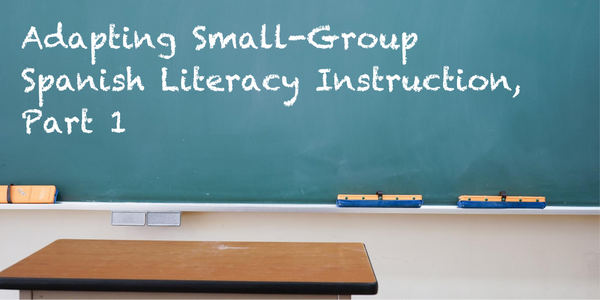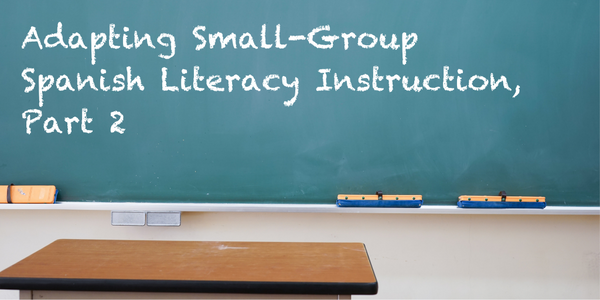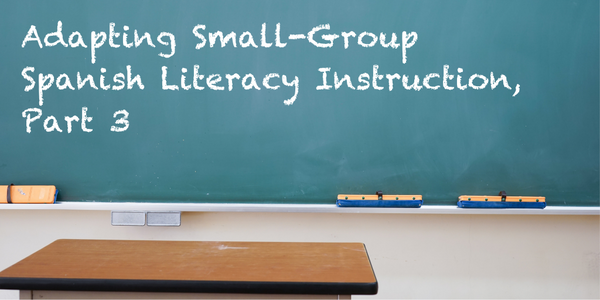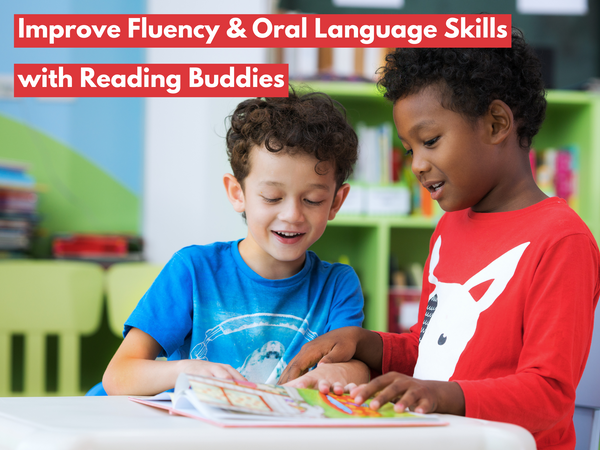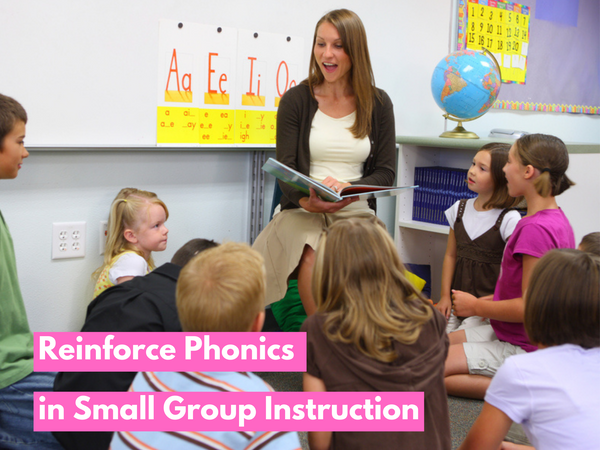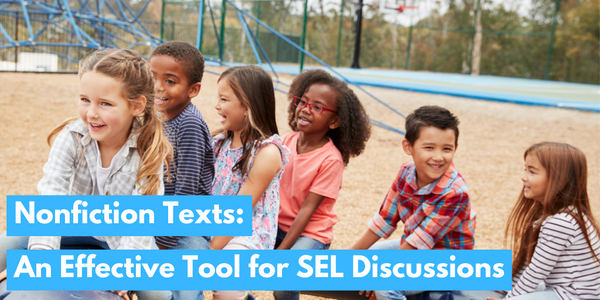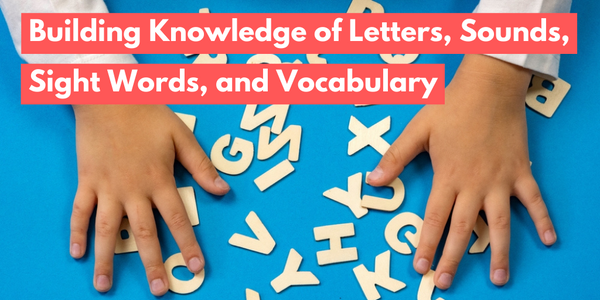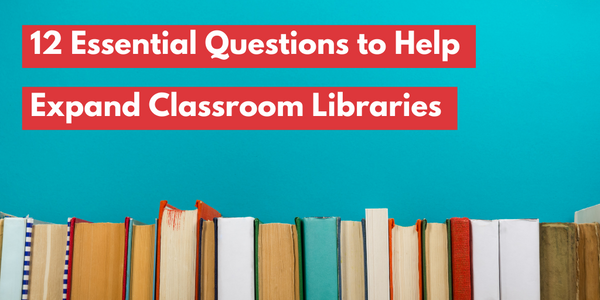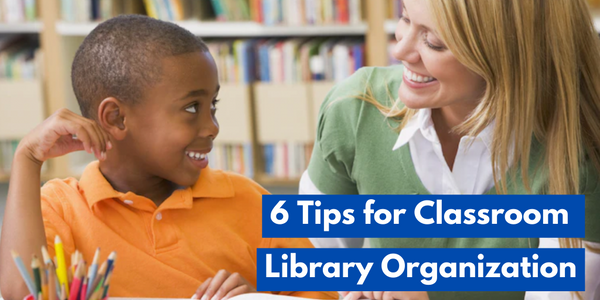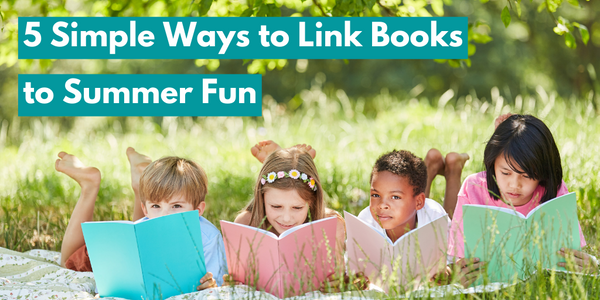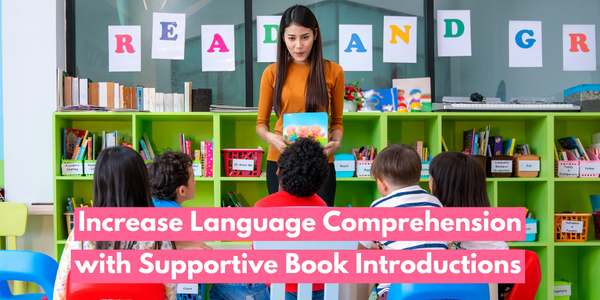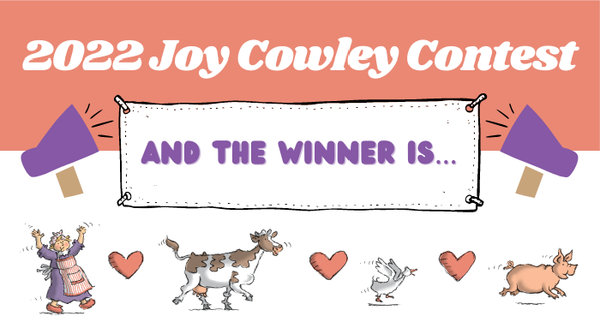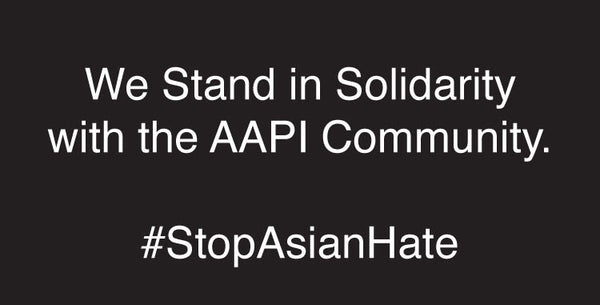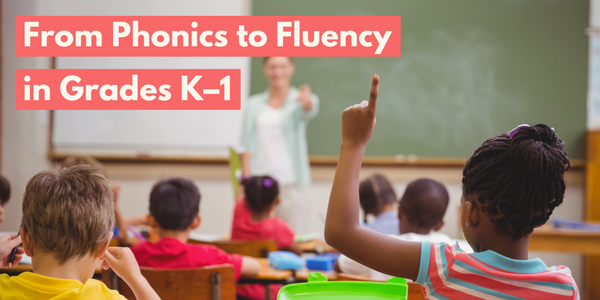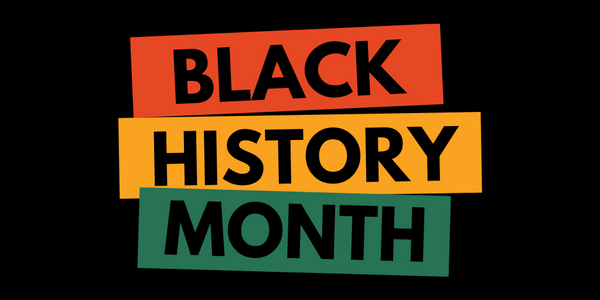By Beth Richards
Encouraging students to get curious about new words is a game-changer. Vocabulary activities help students view getting "stuck" on a word while reading as a fun puzzle to solve instead of a difficult or frustrating situation. Below is a list of activities that can be used in any K–5 classroom to boost vocabulary and encourage a classroom environment where students look forward to learning new words! Use these activities in whole group, small groups, or individually. Be sure to download the free vocabulary activity templates by clicking here.
Listening Ear
Before reading a book, ask students to make a goal of listening for synonyms. For example, in the book Hit, Tap, Bang, from Hameray's Kid Lit Series, the author uses synonyms in the title. Reading through this story, students can use the pictures to help them understand that these 3 words are referring to the same action: playing a drum. When introducing this activity, model how to point out similar words to familiarize students with the concept. As students gain confidence finding synonyms, offer less scaffolding, challenging them to find words with similar meanings independently. Compile the synonyms on an anchor chart for future writing or speaking activities.
Try and Check
Give each student a word card with a new vocabulary word. Have them listen while you or another student reread the text. When they hear their word, stop and reread the sentence. Show them how to use context clues to think of a synonym for the new word. Reread the sentence with the new word to check that it makes sense.
Meaning Sort
Read a book or theme set of books and collect words to sort into categories. For example, when reading books in the Kid Lit Health Theme Set, create categories related to health. As you read, collect words that fit into the categories.
After collecting words, mix them up and ask students to match the words with their appropriate category. Another option is to collect the words first, then brainstorm categories and sort the words. To focus on word work, try sorting collected words based on sounds or word parts. 
Skits & Games
- Skits: Split students into small groups and give them 1-3 vocabulary words. Allow around 5 minutes for the groups to plan a short performance using their words. While the skits are performed, encourage other students to be active listeners by asking the audience to identify the new word(s) in the skit and explain their meaning.
- What Word Am I Wearing: Write vocabulary words on sticky notes. Split the class in half, giving half the students a sticky note to place either on their forehead or back. Be sure these students do not see their word. Students roam to those without words and listen to their description of the word on their forehead/back. After 2-3 minutes of roaming, students guess the word they are "wearing."
- Guess That Word: As a bell ringer or quick game before your class leaves at the end of the day, give a few students a secret word. Those students describe the word to the class, and their classmates can guess what it is.
Vocabulary Activities with Writing
- Bumper Stickers: Use one or more vocabulary words to create clever sayings for bumper stickers. Decorate your sticker.

- Missing Word Poster: All vocabulary words have gone missing! Create signs or small posters describing the missing words, their meanings, and where they usually hang out. Click here to download a free template.
- Welcome New Words: Create an announcement that introduces a new vocabulary word. It can be a newspaper article, intercom announcement, or news report. Click here to download a free template.
Vocabulary words are EVERYWHERE! You can make lists when studying different topics in science, social studies, math, or SEL lessons. Make a reading vocabulary list comprised of new words learned in books while students are reading. Incorporating vocabulary activities and word-meaning discussions into your daily routine at any grade level strongly impacts reading success.
CLICK HERE TO DOWNLOAD FREE VOCABULARY ACTIVITY TEMPLATES.
~~~
This blog features book examples from Kid Lit, a unique series for beginning readers featuring fiction stories highlighting meaningful childhood moments matched with companion nonfiction to build knowledge and boost vocabulary. Kid Lit is organized into 8 themed sets: all about me, community, culture, explorations, health, interests, seasons & weather, and social-emotional. It contains 256 titles ideal for whole group, small group, or independent reading in kindergarten and beginning first grade. Also available in Spanish.
~~~




